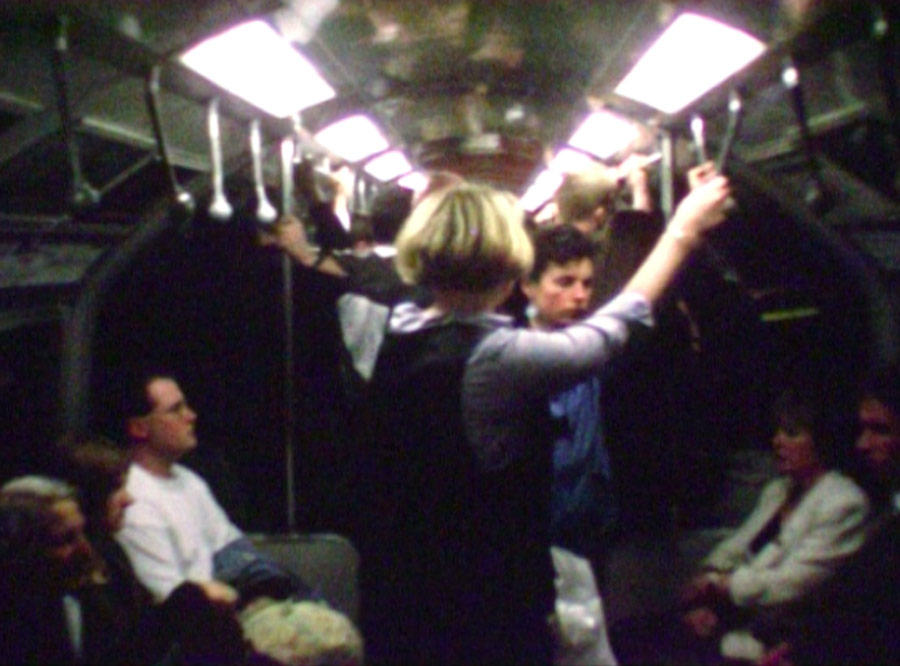
TapeDeck has these too, but they're full-text searchable.

Here is a closer up view of the player from the photo shoot of Carl Knoblock’s Apple II: Panasonic RQ-2102 - Photo credit: personal

(A video on YouTube shows the 309 DS, and it is very similar in appearance to the 2102.) You can purchase a Panasonic RQ-2102 (as I did) from Amazon here, although I see the price has gone up since I bought mine a few months ago. I find searching through the Red Book that the Panasonic RQ-309 DS is the one mentioned there. Mike Willegal’s Apple Cassette Interface Notes page states that the RQ-2102 was the one Apple recommended. Now this is a proper Apple II system, circa 1977 through the early 1980s for many early owners.Īlso notice that Apple apparently thought the Panasonic cassette was the best choice they actually recommended this specific brand as best suited to use with an Apple II. Notice that we don’t have any of that fancy stuff – no disk, no monochrome monitor (certainly no color monitors were affordable in 1977!) We have an Apple II (not Plus), with the Panasonic RQ-2102 cassette tape player/recorder, and a standard television to view it all on.
#APPLE TAPEDECK TV#
The point I wish to make is that the most accurate photo of an early Apple II system would be something like this: Apple II, Panasonic RQ-2102 cassette, and TV - Photo credit: Carl Knoblock, Phil PfeifferĬlick on the picture for a larger view.
#APPLE TAPEDECK SOFTWARE#
From 1977 until around 1982, there were a significant number of software titles that were sold on cassette, because it was the most affordable way to use the computer.Īntoine Vignau of Brutal Deluxe has created a cassette repository on his web site, documenting as many Apple II (and Apple-1) software products that were released on cassette as he can find. Although this was less costly than floppy disk drives for other micros of the the day, it was still about one third of the cost of the entry level Apple II ! For many who pioneered the use of the Apple II, it was simply not affordable to get that expensive (though highly desirable) Disk II drive, at least not for a couple of years. And even after the Disk II did appear in 1978, it was still $495. The earliest Apple II owners did what most of the microcomputer hobbyists of the day did – they used the lowly cassette to save the programs they wrote, or possibly to load software that was purchased.
#APPLE TAPEDECK FULL#
But the Disk II did not appear until July of 1978, a full year later.

Every picture I find shows either just the computer, or the computer with a monitor and a Disk II drive. The one thing I haves noticed as I’ve looked for pictures of the Apple II on the Internet is that I don’t believe there is a single one that shows what an actual Apple II system would have commonly looked like back in 1977, thirty-five years ago, when it was first released. In referring to the first Apple II released, the one before the Apple II Plus, it is common to call it the Apple II standard.


 0 kommentar(er)
0 kommentar(er)
